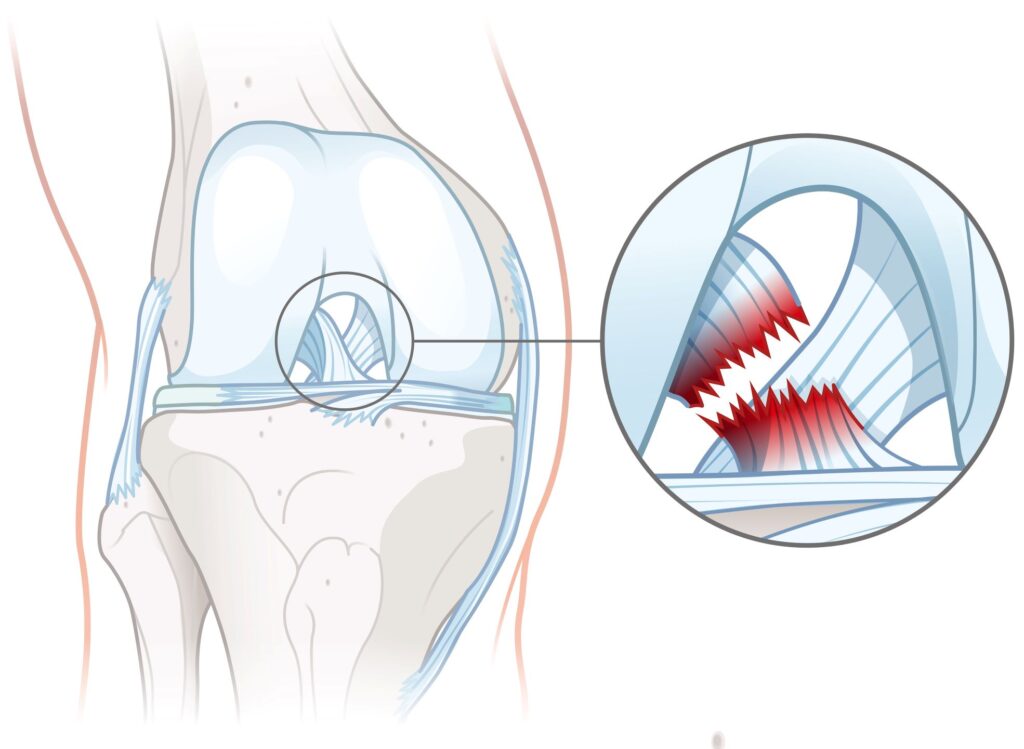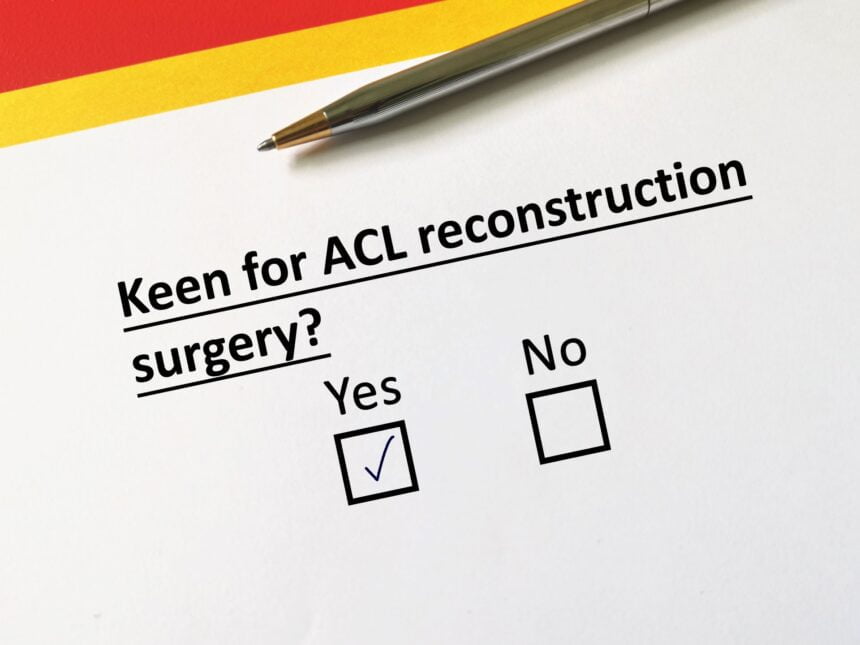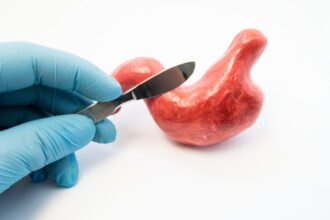Anterior cruciate ligament (ACL) injuries are among the most common knee injuries, especially in athletes and active individuals. When the ACL is torn or damaged, ACL reconstruction surgery often becomes the recommended treatment to restore knee stability and function. This surgery is highly effective but involves a detailed process, recovery, and potential complications that patients should understand before proceeding.
- 1. Understanding ACL and Its Role in Knee Stability
- 2. When Is ACL Reconstruction Surgery Necessary?
- 3. The Surgical Procedure: What to Expect
- 4. Recovery and Rehabilitation: A Long-Term Commitment
- 5. Potential Risks and Complications
- 6. Preparing for Surgery: What to Do Beforehand
- 7. Life After ACL Reconstruction Surgery
- Conclusion
This article delves into what is ACL reconstruction surgery and the seven things to know about this procedure.

1. Understanding ACL and Its Role in Knee Stability
The anterior cruciate ligament (ACL) is a vital component of the knee’s stability, acting as one of the four main ligaments that keep the joint secure. This ligament specifically connects the thigh bone (femur) to the shin bone (tibia), critical in ensuring that the tibia doesn’t slide forward beyond the femur.
In addition to preventing this forward displacement, the ACL is essential for maintaining rotational stability, which is crucial for movements that require the knee to pivot, twist, or quickly change direction. This makes it particularly vulnerable to injury during high-impact sports like basketball, soccer, and skiing, where sudden directional shifts are frequent.
2. When Is ACL Reconstruction Surgery Necessary?
ACL reconstruction surgery is typically recommended when the ligament is completely torn, leading to knee instability. This condition makes it difficult to return to high-level sports or activities that require a stable knee. Partial tears may not require surgery if the knee remains stable and the individual can perform daily activities without pain or dysfunction. However, for those experiencing significant instability, surgery becomes necessary to regain full functionality.
Therefore, individuals considering this surgery may consult a sports doctor in Singapore or similar locations to evaluate the extent of their injury and discuss the best treatment options. Such specialists are experienced in dealing with sports-related injuries and can provide valuable insights into the surgical process and recovery.
3. The Surgical Procedure: What to Expect
ACL reconstruction surgery involves replacing the torn ligament with a graft, which can be obtained from the patient’s body (autograft) or a donor (allograft). The most common grafts used are the following:
- Patellar Tendon Graft: This involves using a portion of the patellar tendon, which runs between the kneecap and the shinbone.
- Hamstring Tendon Graft: This section of the hamstring tendon used offers a less invasive option with smaller incisions.
- Quadriceps Tendon Graft: This is less common but may be used when other options are not viable.
Furthermore, the surgery is usually performed arthroscopically, which means that a small camera is inserted into the knee through a small incision, allowing the surgeon to view and operate on the joint with precision. This minimally invasive approach reduces recovery time and the risk of complications.
4. Recovery and Rehabilitation: A Long-Term Commitment
Recovery from ACL reconstruction surgery is a gradual process that requires dedication to rehabilitation exercises. Typically, the initial phase of recovery focuses on reducing swelling and regaining full range of motion in the knee. This is followed by strengthening exercises to rebuild the muscles around the knee, particularly the quadriceps and hamstrings.
Moreover, patients typically begin physical therapy within a few days after surgery and continue for several months. Full recovery can take anywhere from six months to a year, depending on the individual’s progress and adherence to the rehabilitation program. Returning to sports or high-impact activities should also be done cautiously and under the guidance of a healthcare professional.
5. Potential Risks and Complications
As with any surgical procedure, ACL reconstruction surgery carries risks. Some potential complications include:
- Infection: Although rare, infections can occur at the surgical site or within the knee joint.
- Graft Failure: The new ligament may not take, or it may become re-torn if proper care isn’t taken during recovery.
- Stiffness and Loss of Motion: Some patients have trouble regaining full knee motion, leading to stiffness.
- Blood Clots: Deep vein thrombosis (DVT) can occur, especially if the patient is inactive during recovery.
With these risk in mind, it’s important for patients to discuss them with their surgeon and understand the signs of potential complications so they can seek prompt treatment if needed.
6. Preparing for Surgery: What to Do Beforehand
Proper preparation for ACL reconstruction surgery can improve outcomes and reduce the likelihood of complications. For instance, patients are generally advised to do the following:
- Stop Smoking: Smoking can impair healing, so quitting before surgery is strongly recommended.
- Maintain a Healthy Weight: Excess weight can put additional strain on the knee, both during recovery and in the long term.
- Strengthen Muscles: Pre-surgery physical therapy or exercises focusing on the quadriceps and hamstrings can improve post-surgery recovery.
Additionally, patients should also arrange for post-surgery support, such as help at home during the first few weeks of recovery to ensure a more favorable outcome.
7. Life After ACL Reconstruction Surgery
After completing the recovery process, most patients regain the ability to resume their pre-injury activities, including sports participation. However, to minimize re-injury risk, some individuals may need to modify their routines or avoid high-impact activities that place excessive strain on the knee.
On the other hand, regular follow-up appointments with a healthcare provider are also essential during this phase. These check-ups can help monitor the knee’s condition, assess the graft’s functionality, and ensure that the joint is responding well to physical demands.
Conclusion
ACL reconstruction surgery is a highly effective treatment for restoring knee stability and function after a ligament tear. However, it’s not without risks and requires a significant commitment to recovery and rehabilitation. By keeping the information mentioned above in mind, patients can deal with ACL reconstruction surgery more effectively and successfully return to their active lifestyles post-surgery.










